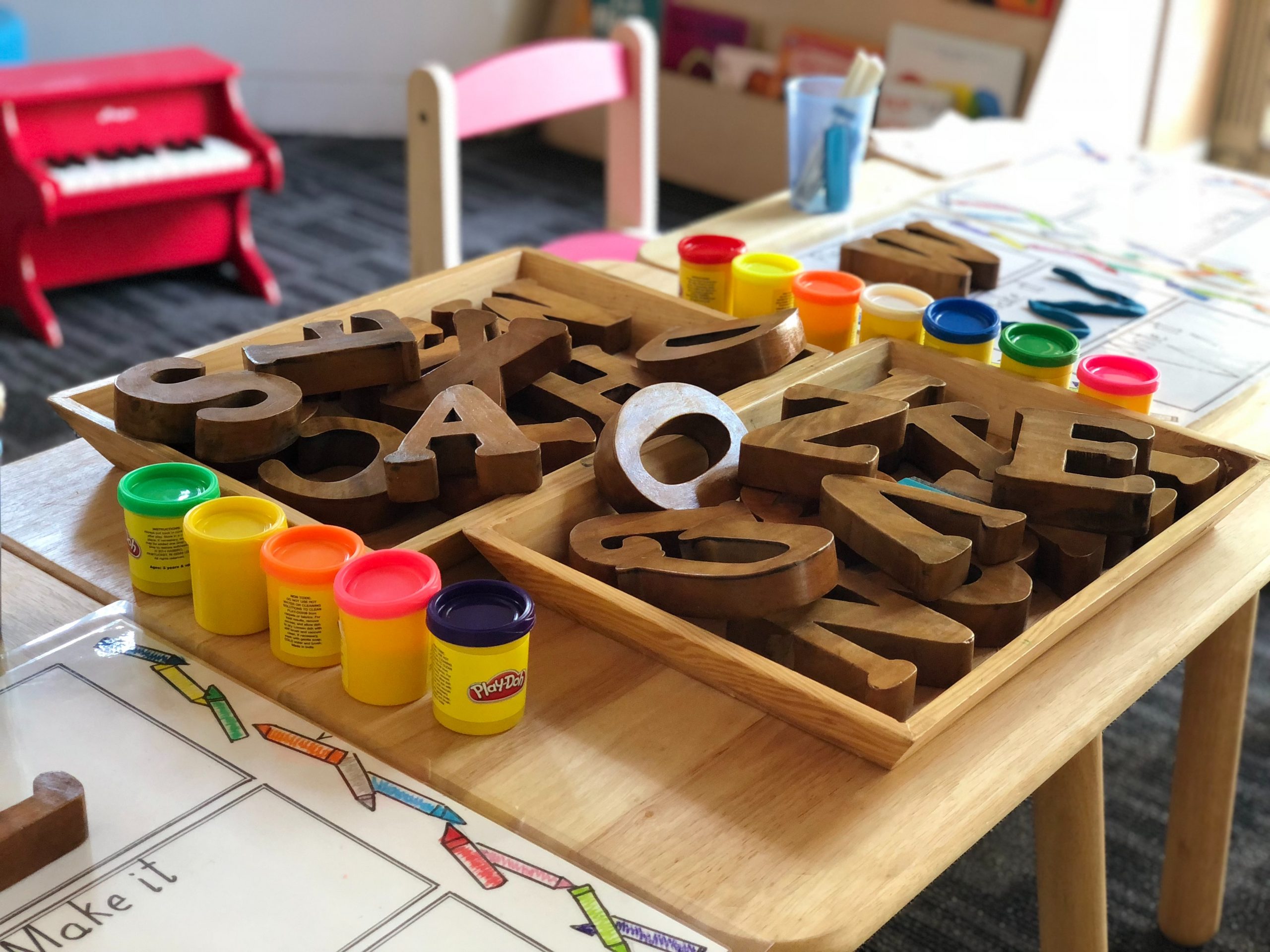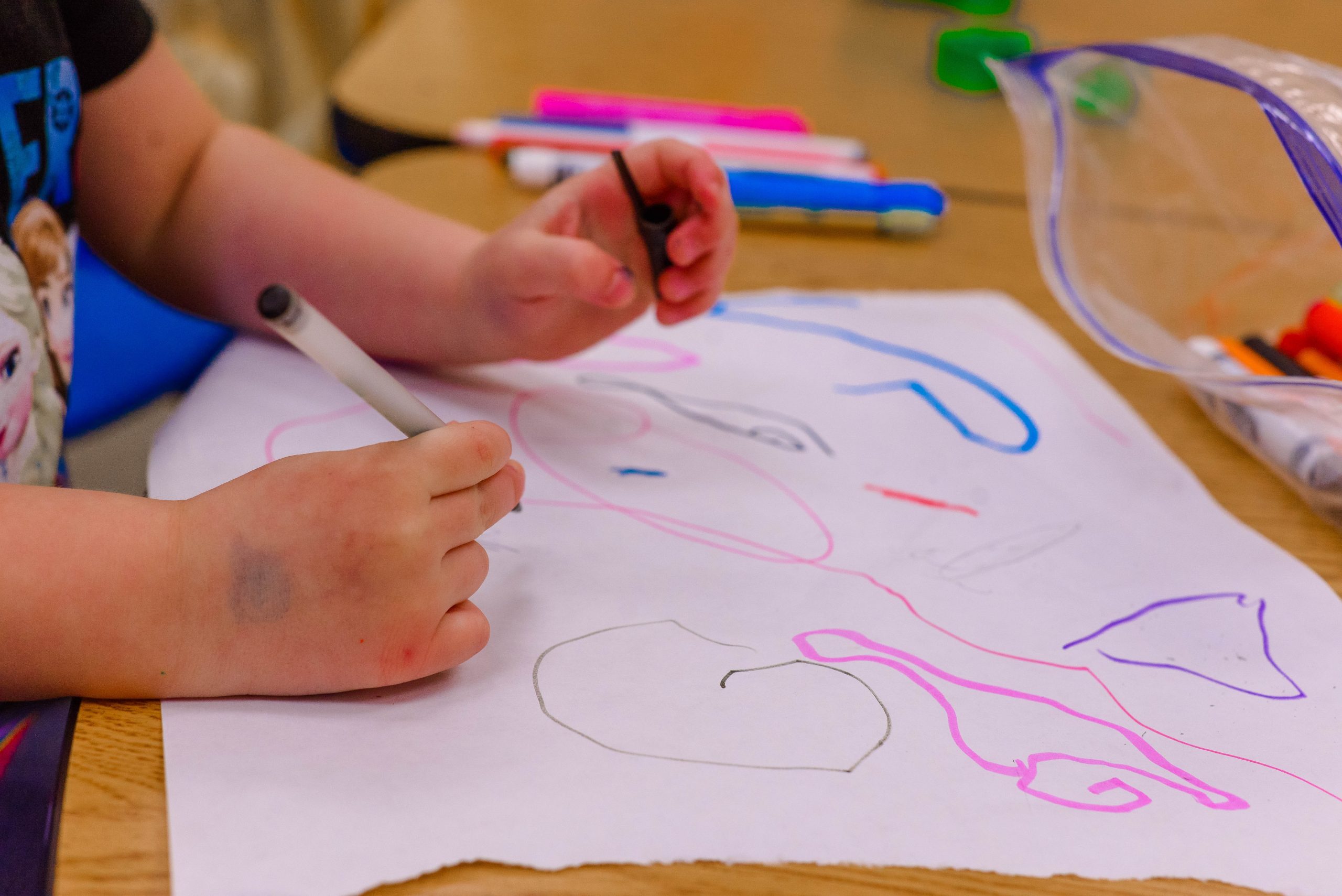
How Childcare Providers Can Safely Remain Operating Through COVID-19
by Meredith Downing provides essential information that childcare provides need if they want to stay safe and remain in business. For people who can’t work from home, safe and high-quality childcare is essential for them and the people they serve, which is essentially all of us. Please share with childcare providers you know.
Introduction
- Covid-19 has forced everyone to make a series of challenging decisions about safety, risk, and necessity. For many childcare providers, remaining open has been essential to keep their businesses running and their families afloat financially. While nothing in this pandemic is without risk, there are a number of ways to safely operate amid Covid-19. Here are steps childcare providers are taking to operate safely, without sacrificing the quality of the care and education they provide.
Reducing Class Sizes
- For many, this was mandated by county and state rules. Keeping class sizes small and stable–meaning the same kids with the same teacher(s) every day–reduces the spread of the virus within the community.
Changing Drop-off and Pick-up Protocol
- Programs have reinvented how their days start and end. Parents are no longer entering the home or center to do drop-off and pick-up. Instead, directors and teachers are meeting families outside and doing sign in and health checks outside of the program walls. The adults (and sometimes even the kids 2+) wear masks for this interaction. Contactless sign in or disinfecting their pens between every use is the norm, and hand sanitizer is available in mass quantities.

Enforcing More Stringent Health Rules
- Parents and childcare providers have always had somewhat tense relationships with sick policies. Kids get sick a lot, and it can be hard to make a judgment call about whether or not a child needs to be excluded from care. Covid-19 has necessitated a no exception attitude about it. While it is inconvenient for parents to have their child sent home for a runny nose, a childcare provider has a responsibility to the other families in care to protect everyone. Strong, proactive, and regular communication about the sick policy is the best way to ensure everyone understands.
Spending More Time Outdoors
- The research we have available suggests that viral transmission is dramatically reduced outdoors. While social distancing is difficult to enforce with young children in general, and often impossible to do in a small indoor space, being outdoors can be a really easy fix. Pretty much everything can be done outside– storytime, snack, dramatic play, building, sensory play, pre-literacy, pre-math, language development, etc.
Rigorous Cleaning
- Early childhood educators were no strangers to cleaning and sanitizing pre-COVID. Cleaning morning, noon, and night have quickly become part of the daily routine. Some programs have chosen to alter their hours of operation to accommodate the added time spent on cleaning and sanitizing.
Rotating Materials
- For toys and materials that are harder to clean, providers are rotating what’s available for kids to play with each day. How long the virus can survive on a surface varies depending on the material and environmental factors. By rotating toys in and out and giving them “a break,” you increase the likelihood that any traces of the virus have disappeared.
Virtual Tours
- Keeping the business running with new and future enrollments is still a necessity, especially with drop-offs in enrollment throughout the pandemic. Tours are still an essential part of the enrollment process, both for childcare providers and parents. By employing virtual tours, providers can limit the number of people entering the program on a regular basis. A virtual tour might feel awkward at first but is still a great intro. Many providers and parents still want the opportunity to meet in person before confirming enrollment, and a virtual tour can help weed out families who are not a good fit, protecting everyone, and also saving time.
- There is always going to be risk involved in any situation where groups of people are coming together– whether they’re 2’ tall or 6’ tall. By implementing some new strategies and thinking creatively about how you structure your day, childcare providers can keep everyone in their community a little bit safer. We know that childcare is essential for many parents to go to work every day, so figuring out how to make it as safe as possible, while still being fun, engaging, and appropriate for the kids is critical.

Meredith Downing
- Meredith is the Manager of Learning at Wonderschool. She started her career as a preschool teacher and enjoys designing learning experiences for children and the adults who care for them. She resides in San Francisco, California. Be sure to follow her empolyer @wonderschools.
DrDougGreen.com If you like the summary, buy the book





